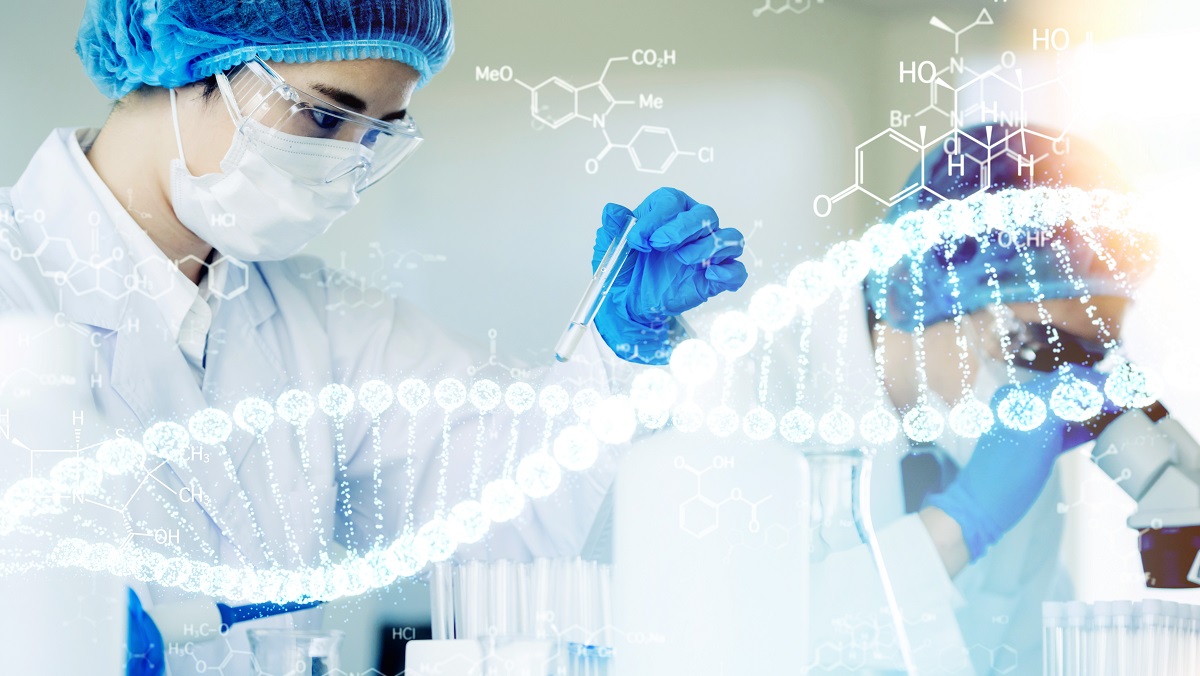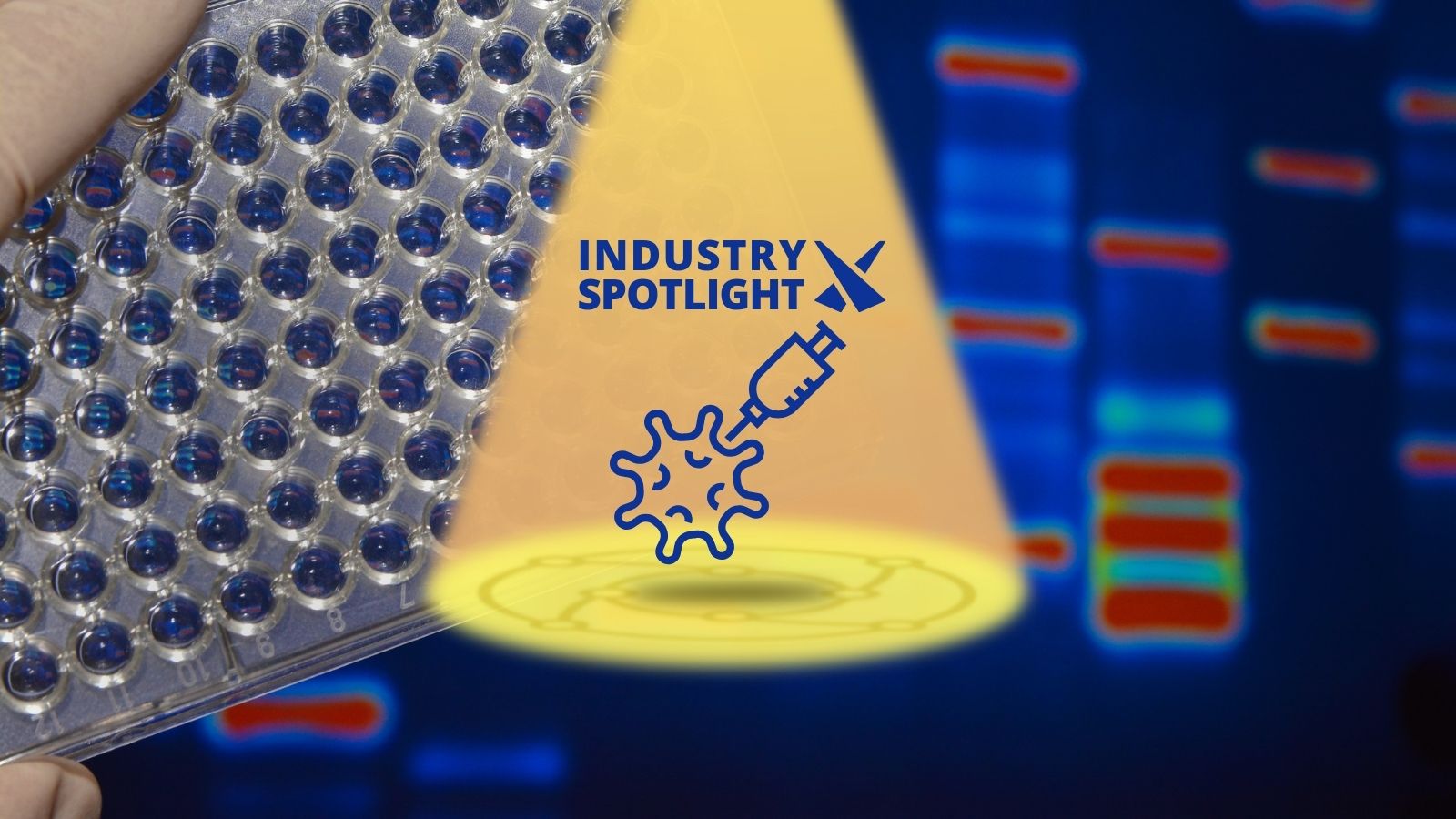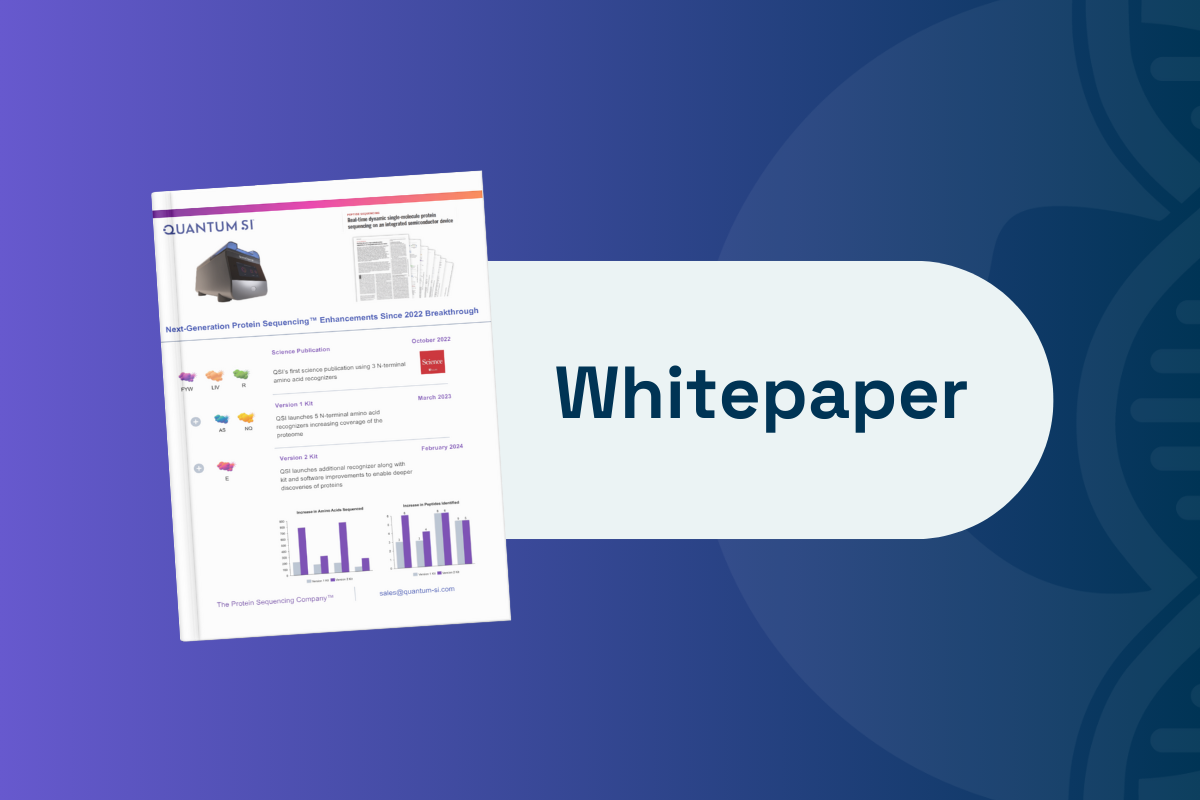AAV Manufacturing Using Osmolality

Presented by Adrien Soula, Senior Process Development Scientist at The Cell and Gene Therapy Catapult
Edited by Tia Byer
Osmolality refers to the concentration of particles dissolved in a fluid. It provides an indication of the solution's osmotic pressure and can help diagnose several medical conditions such as dehydration, diabetes, and shock. During Cell UK: In-Person 2021, Adrien Soula, Senior Process Development Scientist at The Cell and Gene Therapy Catapult, delivered a presentation discussing the importance of including osmolality as a critical process parameter within cell and gene therapy processes.
Soula showcased experimental findings to demonstrate how an osmolality shift establishes improved yield and quality. The presentation outlined how the osmolality shift altered the balance between extracellular and intracellular AAV production and, thus, overall process efficiency.
Impact of Osmolality During the AAV Manufacturing Process
“While osmolality can be used for quality control checks, we wanted to investigate its potential for overcoming specific industry challenges such as low process yields, suboptimal unit operations, and high manufacturing costs,” Soula began. “We wanted to see if osmolality impacted the upstream and downstream of AAV manufacturing.”
Catapult's approach to process optimisation was to test a prediction platform for AAV manufacturing development. The platform's capacity ranged from small-scale measurements of 15ml to large-scale sizes of 50L. The data presented at Cell UK: In-Person had been generated at a small scale using 15ml and 250ml, and as Soula disclosed, “was conducted in collaboration with biotechnology company Advanced Instruments.”
- Process Development and Manufacturing Avenues for Gene Therapy Vectors
- Novel Technologies Advancing Downstream Bioprocessing
- The Current State and Future Directions of Upstream Bioprocessing
For the process parameters of the experiment, Soula and his team set about using HEK293 suspension cells and performed transient transfection using the AAV1 serotype. BalanCD was the media used, which had a pH range of 6.7 to 7.4 and an osmolality range of 280 to 320 milliosmole (mOsm/kg).
Describing the analytical process, Soula said: “we monitored osmolality using the OsmoTECH from Advanced Instruments and recorded cell counts, viability, and metabolites.” Flow cytometry was then used to measure transfection efficiency, and quantitative polymerase chain reaction (qPCR) and enzyme-linked immunosorbent assay (ELISA) analysis for titre measurements.
Experimenting with AAV Manufacturing Using Osmolality
Catapult tested the feasibility of AAV manufacturing using osmolality with a screening experiment conducted at 15ml. “The experiment aimed to analyse the osmolality shift during AAV production and compare ionic versus non-ionic approaches,” Soula said. “We implemented a fixed osmolality at transfection to test two different time points: a shift at 24 hours and 48 hours post-transfection.”
The osmolality was the same at transfection during the cell expansion phase, and the two identified setpoints were 400 and 500 mOsm. Catapult conducted an ionic approach using sodium chloride and a non-iconic approach using sorbitol.
Results and Findings
Soula explained that “as expected, in terms of transfection efficiency, no shifts were observed.” The osmolality media at transfection was around 290 mOsm, with the percentage of green fluorescent protein (GFP) positive cells displaying similar levels for all the conditions tested. Results showed lower viability, cell density, and a noticeable decrease in cell diameter for ionic and non-iconic solutions.
Similar viability and glucose levels were observed between the 24- and 48-hour time points. However, decreased lactate and ammonia accumulation was recorded during the 48-hour shift. Catapult also identified a trend in increased viral titre concentration in the ionic instance compared to the non-ionic. “The 48-hour shift post-transfection at 500 mOm/kg likewise demonstrated a significant increase for sodium chloride. However, no correlation was observed between osmolality and the titre,” Soula reflected.
Catapult found a decrease in the total particles when the osmolality shift happened later in the manufacturing process. “Inevitably, this led to an increase in full versus empty capsule ratio,” Soula confirmed.
Conclusions
Since conducting their screening experiment to test AAV manufacturing using osmolality, Catapult has performed two further studies. These were carried out to investigate the relation between osmolality and AAV distribution between cells and supernatant. “Overall, the combined conclusions demonstrated that osmolality could significantly improve yield and quality of cell and gene therapy manufacturing”, Soula summarised.
Moreover, the results provided key indicators into available strategies for process optimisation, both of which are low-cost and easy to implement. These include maximising the release of the AAV supernatant to replace the lysis step and removing the clarification phase to reduce time spent in the cleanroom. The hope is that Catapult's data will provide a compelling case for encouraging an industry-wide acknowledgement of osmolality's utility as a critical process parameter within AAV manufacturing.
Want to find out more about the latest stem cell therapy news? Register now for Oxford Global‘s 3D Cell Culture congress incorporates key trends and innovative technologies to accelerate the adoption of 3D models in preclinical research via advanced development, validation and application strategies.







